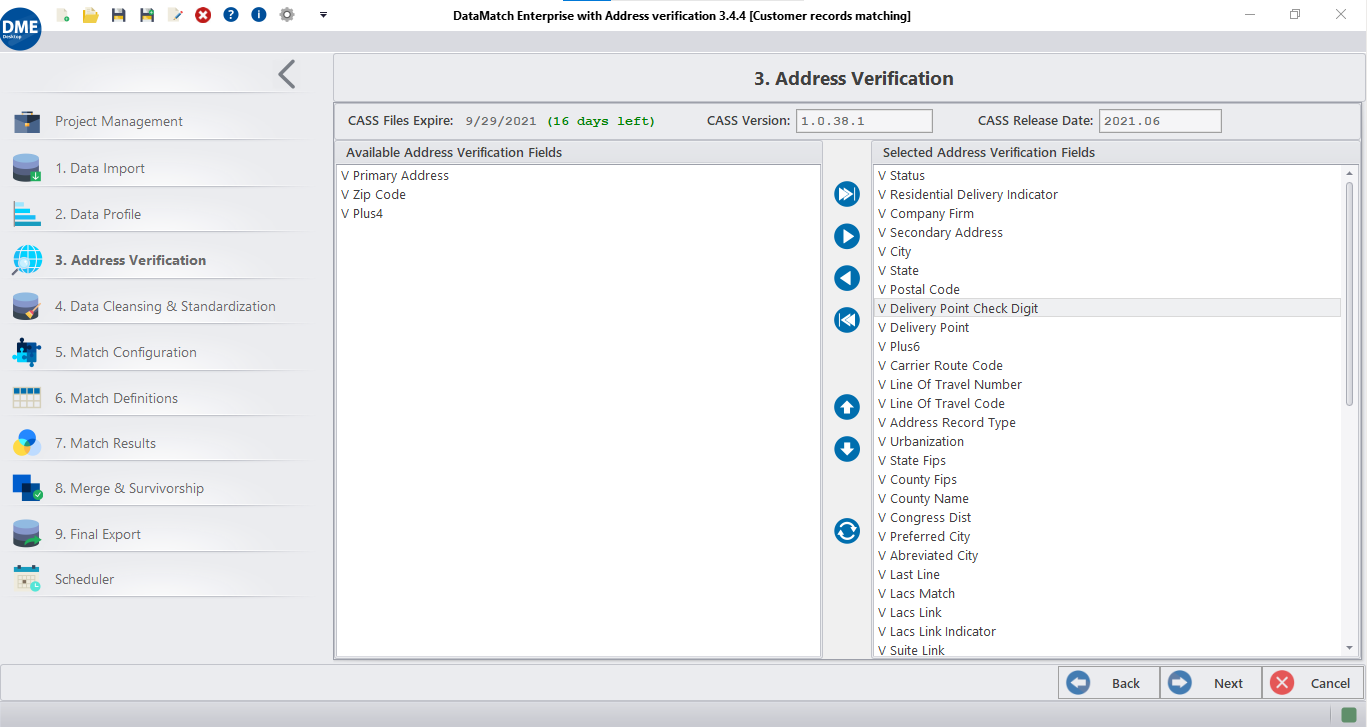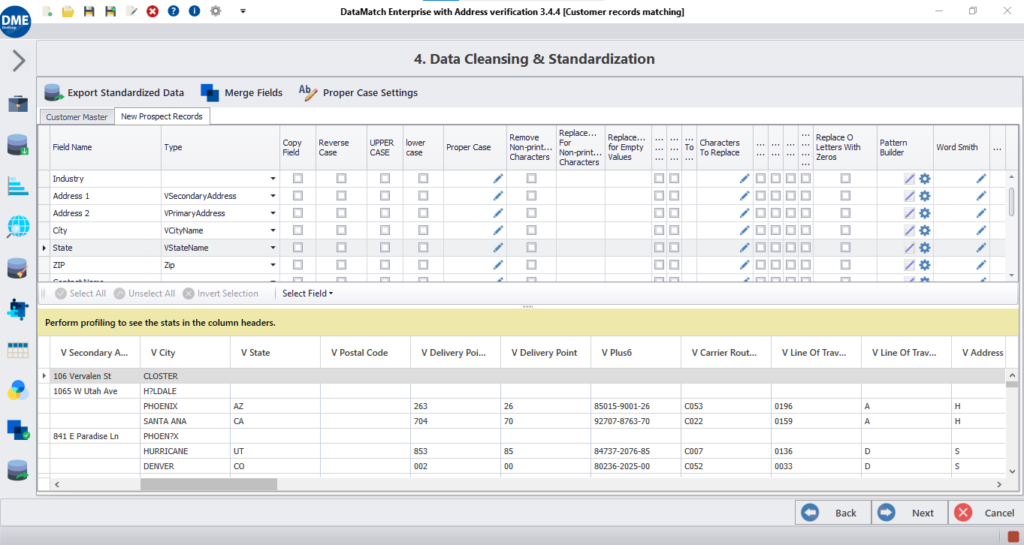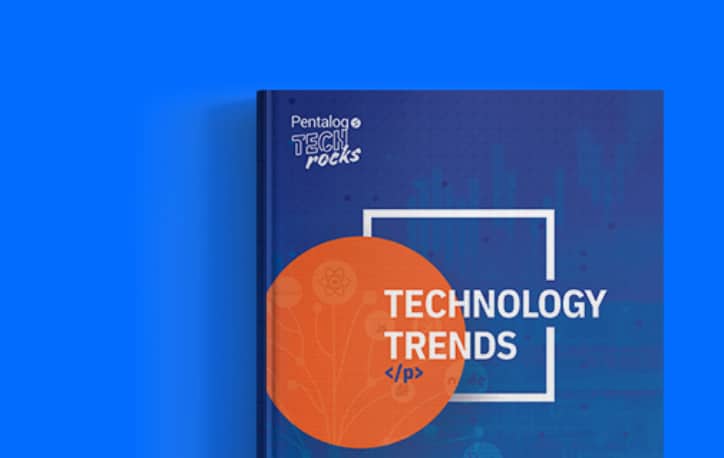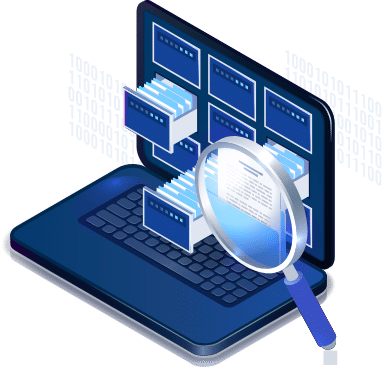Address verification software
Verify and validate your addresses by running them against an official, authoritative database, like the USPS in the US, and update them to comply with the standardized USPS® format that highlights the ZIP+4 value along with the geocoded location.

Trusted By





Trusted By






DEFINiTION
What is address verification?
Address verification is the process of running addresses against an authoritative database – such as USPS in the US – and validating the realness of the information. This process verifies that the address is a mailable, accurate, and valid location within the country for delivering mail.
The process usually starts with address standardization, then goes on to parsing, geocoding, and formatting, etc.
Benefits
Why do you need an address verification tool?
Reduce mailing costs
Eliminate the cost and effort of mailing promotional materials to wrong or non-existent addresses.
Improve customer service
Higher mailing accuracy can lead to quicker deliveries which can improve brand perception and customer loyalty.
Identify households
Understand your customer-base in terms of households and run targeted campaigns to pitch relatable service offerings.
Understand customer behavior
Get accurate picture of your customer demographics with high quality, precise, and consistent address information.
Increase operational efficiency
Reduce manual labor, level up data quality, and optimize business processes with automatic address verification technology.
Ensure address standardization
Ensure that the addresses across all databases follow standardized format, such as the USPS address format.
Features
What DME’s address verification can do for you?

There’s more
What else do you get out of the box?
- CASS-Certified™
- Residential Indicator (RDI™)
- Geocoding
- ZIP+4™
- Delivery Point Validation (DPV®)
- Enhanced Line of Travel (eLOT®)
- Locatable Address Conversion System (LACSLink®)
- SuiteLINK®
User roles
A tool made for everyone

Data analysts

Business users

IT Professionals

Novice users
Features
We take care of your complete DQM lifecycle
Import
Connect and integrate data from multiple disparate sources

Profiling
Automate data quality checks and get instant data profile reports

Cleansing
Standardize & transform datasets through various operations

Matching
Execute industry-grade data match algorithms on datasets

Deduplication
Eliminate duplicate values and records to preserve uniqueness

Merge & purge
Configure merge and survivorship rules to get the most out of data
Want to know more?
Check out DME resources

Merging Data from Multiple Sources – Challenges and Solutions
Oops! We could not locate your form.

The Truth About Data as a Service (DaaS): Why It All Breaks Without Data Matching
Everyone’s Talking About DaaS, Few Are Ready for It The concept of Data as a Service (DaaS) is having its moment. On paper, it’s easy

Big Data Analytics Is Booming – But Is Your Data Ready for It?
Amazon generates 35% of its revenue from data-powered recommendations. Netflix enjoys an 89% retention rate by personalizing every experience using viewer behavior, preferences, and interaction

The Truth About Data as a Service (DaaS): Why It All Breaks Without Data Matching
Everyone’s Talking About DaaS, Few Are Ready for It The concept of Data as a Service (DaaS) is having its moment. On paper, it’s easy

Big Data Analytics Is Booming – But Is Your Data Ready for It?
Amazon generates 35% of its revenue from data-powered recommendations. Netflix enjoys an 89% retention rate by personalizing every experience using viewer behavior, preferences, and interaction

Data Ethics in the Age of AI: Why Responsible Matching Matters More Than Ever
When AI systems deliver inaccurate or inequitable results, many people immediately assume that something went wrong in the algorithms. Rarely do we look upstream –







































